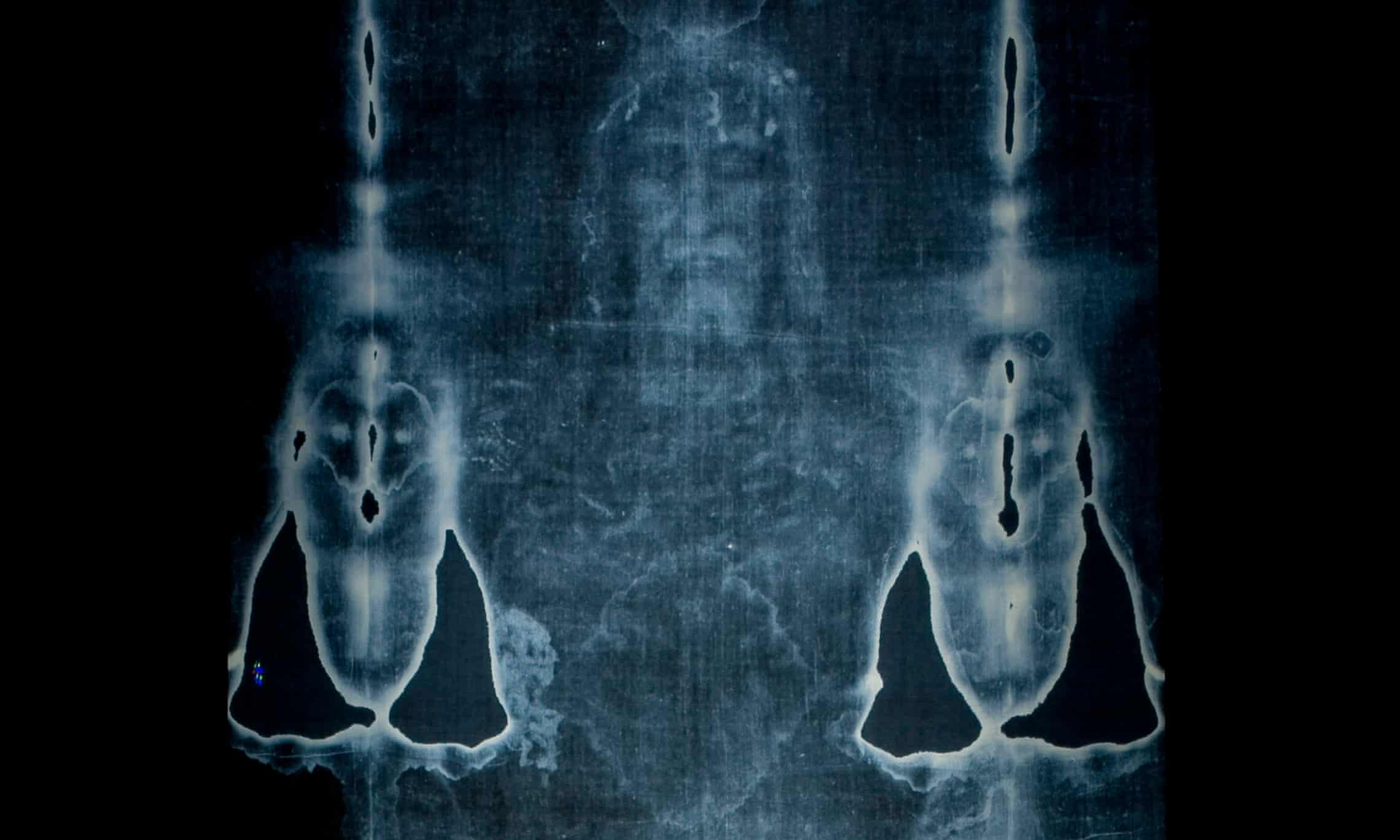Aerial view of the road and the chamber of the two tombs in the eastern part of the Mycenaean cemetery at Aidonia, along with the tombs from the old excavation.
Source: Ephorate of Antiquities of Corinth
Source: Ephorate of Antiquities of Corinth
The Greek Ministry of Culture announced on Sunday that archaeologists have discovered two ancient, unlooted chamber tombs dating from the Late Mycenaean period, (1400 – 1200 BC), near Nemea in the Peloponnesian Peninsula.
The newly-found tombs at the Aidonia burial site include five full burials and the skeletons of fourteen individuals whose remains had been transferred there from other tombs.
The finds will shed more light on the Mycenaean civilization, the Greek Culture Ministry announced.
Both chamber tombs provided an array clay pots and figurines to the discoverers, as well as other small objects.
Read the rest of this article...








